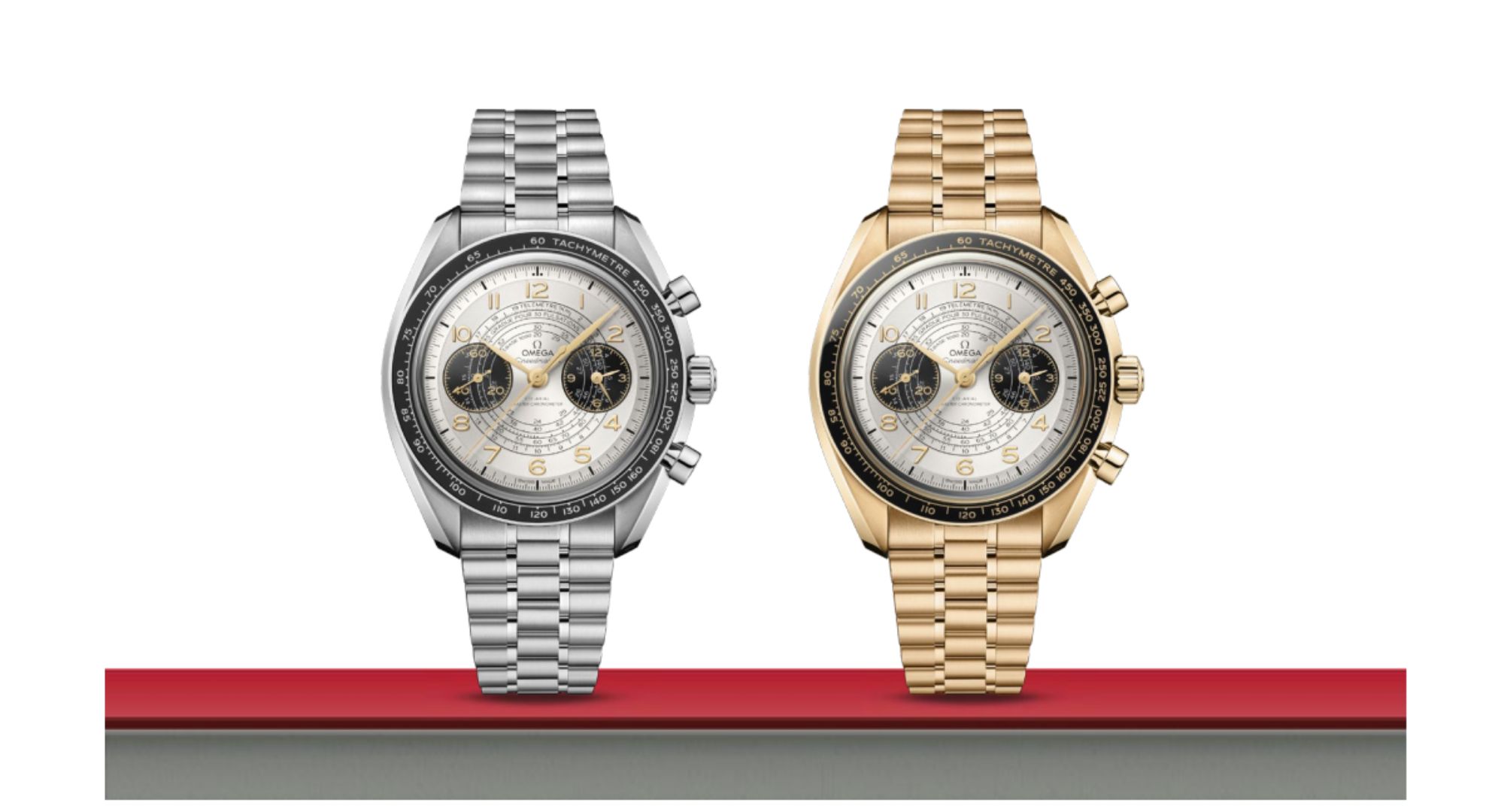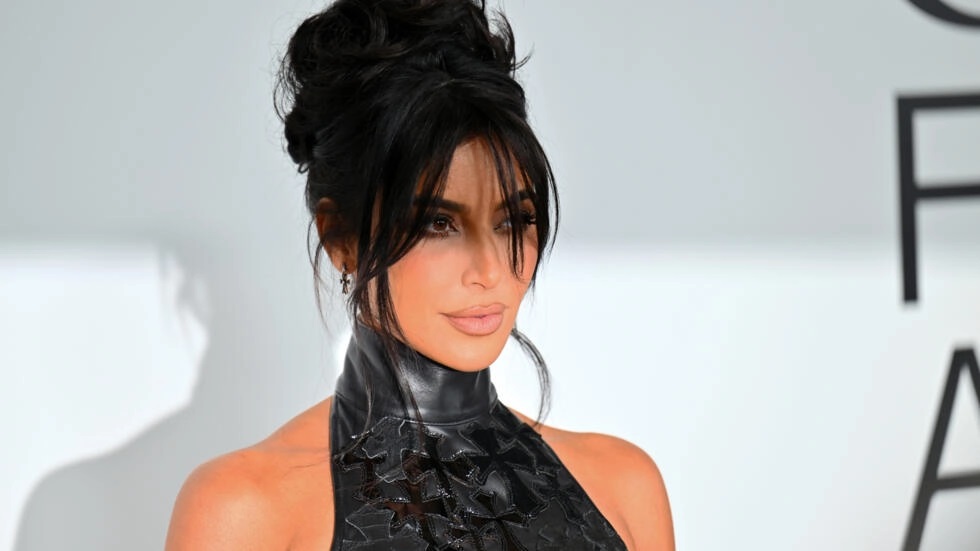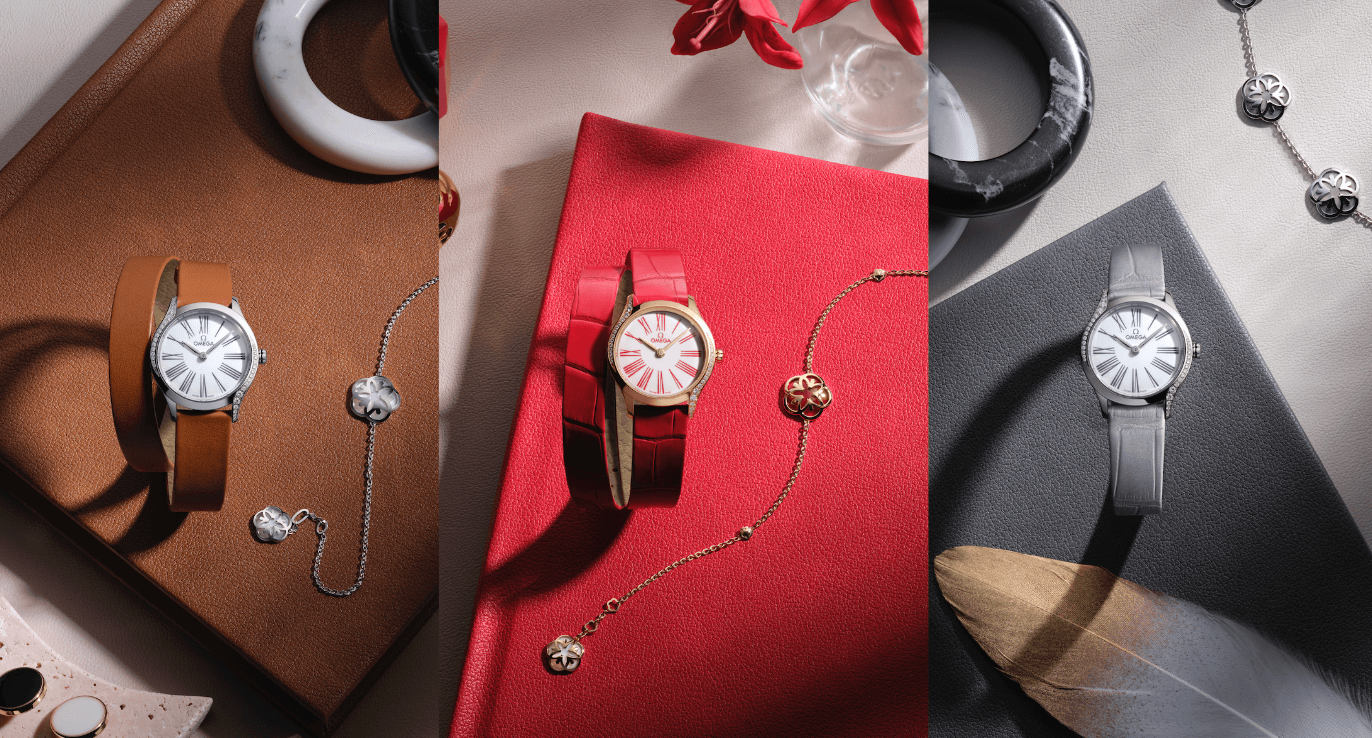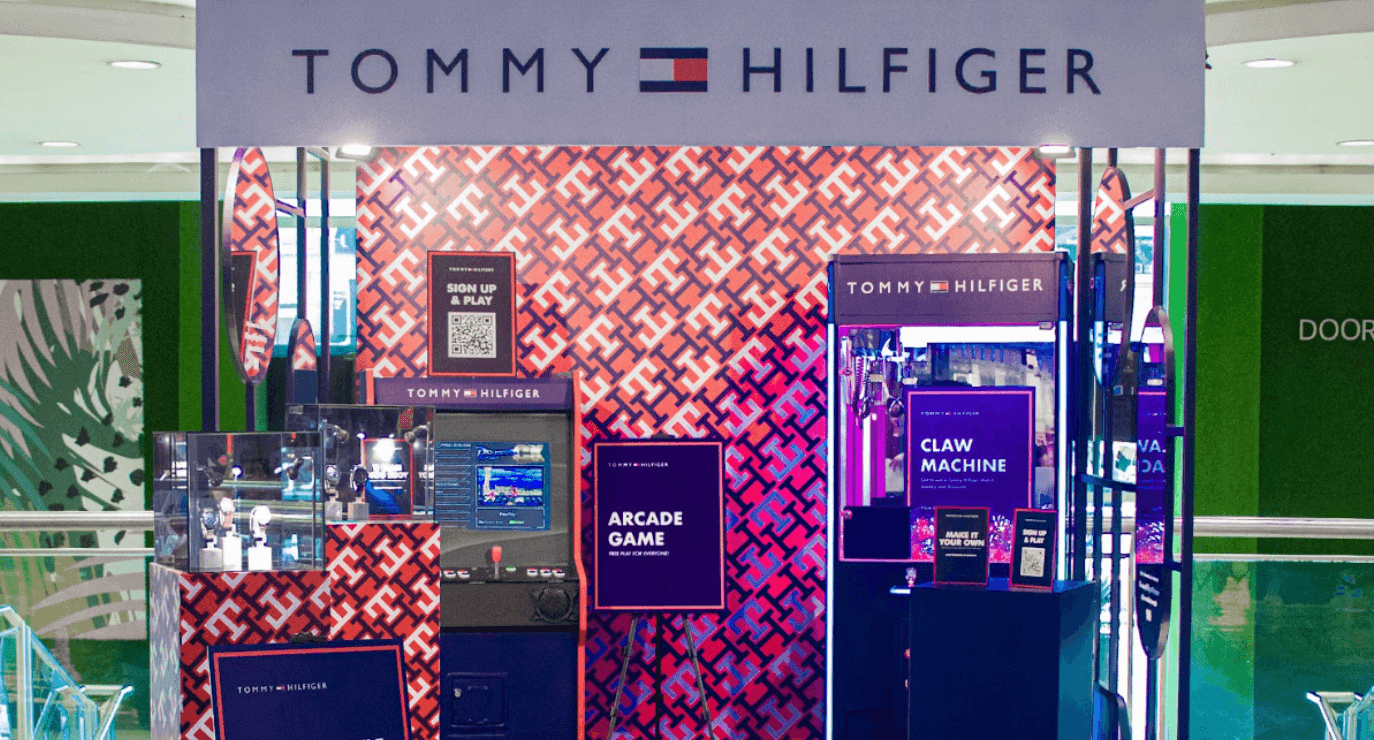When it comes to local fashion brands, BAYO is a name that rings familiar to many. A household name standing nearly 30 years strong, they continue to make waves in the industry for their innovative and unique approach to modern Filipina fashion.
“When I stalked the company, I saw all the previous projects that they had and all the values and the brand has, and I couldn’t say no because this is a brand that’s entrenched in the whole Philippines,” notes BAYO design & sustainability officer Andrea de la Torre when talking about her beginnings with the brand.
A graduate of Fine Arts, Andrea helms BAYO’s Design & Sustainability sector. Fresh-faced and wearing a vibrant scarf around her neck, Andrea’s tone of voice matches exactly how she looks as I sat down with her for this interview. “In this role, I’m not a scientist. I’m not a climate change expert. I’m not someone who tells people what to do. This role is really about bridging sustainability and design. So what that means is I collaborate,” she explains.
Over the past year, BAYO has gone full steam ahead in reshaping its business model into a circular one, thus the birth of their #JourneyToZero. From tapping Toronto-based third-party auditors Green Story to track their greenhouse gas emissions, to managing their waste levels, and transforming them from 35-40% to a mere 5-7%, this only marks the beginning of what the brand has in store for their sustainability model.
“I assist in partnerships between communities, NGOs, and other corporations in order to support sustainable projects that help our crafts, our community, and other causes,” An integral part of BAYO’s ethos, the brand has partnered with Argao Weavers, Ambension Silk Enterprise, and HABI: The Philippine Textile Enterprise in their efforts to not only source locally, but to empower the communities they build their brand upon.
As someone that has been putting in the work to be more conscious of their carbon footprint when it came to fashion, it was astounding to see a homegrown brand pioneer such innovative technology and efforts to become more sustainable. I felt like I had just attended a masterclass on sustainability.
“I was initially recruited to be a graphic designer, and then I moved to be a fashion designer. And then because I was so makulit and eager to be part of the conversation surrounding sustainability and production processes, eventually, our co-CEO was generous enough to give me the chance to be part of the United Nations Global Compact Academy,” she shares.
“That’s where we learned about the effects, of course, of climate change, but not just that. We learned about how when we say we want to be sustainable, we have to have science-based targets. That means we have to have measurable goals and measurable carbon footprint at the moment so that in the future, we know which pathways to choose in order to mitigate climate change.”
We learned about how when we say we want to be sustainable, we have to have science-based targets.
Other than empowering Filipinas of all backgrounds, a large part of the work done at BAYO is also centered around heritage and craftsmanship. “Usually when we think of sustainability, the top things that come to mind probably are minimalist, beige, some might be bland. Where we come in is, we believe that by producing design from the ground up, we can make sustainability, engaging, full of life,” A statement that fully encapsulates the way many perceive conscious fashion, BAYO is putting in the work to break those barriers.
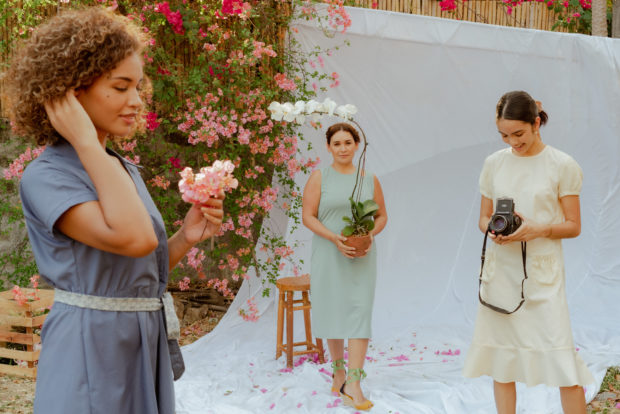
“The Bayo woman [for me] is curious, creative, strong, empowered, and an advocate. So this campaign supports the Bayo woman’s advocacies because we already have so many projects that support the Filipinos. So Made for Life and Journey to Zero is all about giving a spotlight to our communities and our supply chain,” Andrea emphasizes.
#MadeForLife and #JourneyToZero is all about giving a spotlight to our communities and our supply chain
However, although the brand’s journey to zero has been proven triumphant, it has also had its fair share of hurdles along the way. “I guess one of the hurdles we have is our size,”. With over hundreds of stores all across the Philippines, this comes as no surprise for the decades-old institution.
“That’s why we rely on a lot of partners and believers in the concept of circularity. So at least we have those. And I guess some other things that we worked on was communication because a lot of our partners live in the mountains or in other provincial places. So to really complete the project, you have to go to the site, kasi yung internet connection is not good, but that’s also nice, kasi you get to be immersed in the culture and the story. Those are some of the things that they had to overcome,” she says.
Despite the hurdles, BAYO has been diligent in maintaining its connection with its partner communities, ensuring that they’re provided a proper labor environment, as well as a sustainable livelihood.
Sustainability doesn’t have to be a gate-keeping community. We can support brands that are on their way towards sustainability and adapting practices that align with their goals, especially if they are supporting jobs and opportunities for Filipinos.
When it comes to sustainability, there truly is no rulebook one can follow. At the end of the day, it all boils down to your intentions and efforts to make conscious decisions for the betterment of the planet, and yourself.
“Sustainability doesn’t have to be a gate-keeping community. We can support brands that are on their way towards sustainability and adapting practices that align with the goals, and especially if they are supporting jobs and opportunities for Filipinos, parang we can support the progress that they’re making,” says Andrea; and as for the things to look out for when keeping an eye out for a genuinely sustainable or conscious brand? Andrea notes that “We just need to look further into how they are doing the things that they are doing. So, they need to be transparent again with the projects that are on the way, and how far along they are,” further cementing that sustainability all boils down to transparency.












